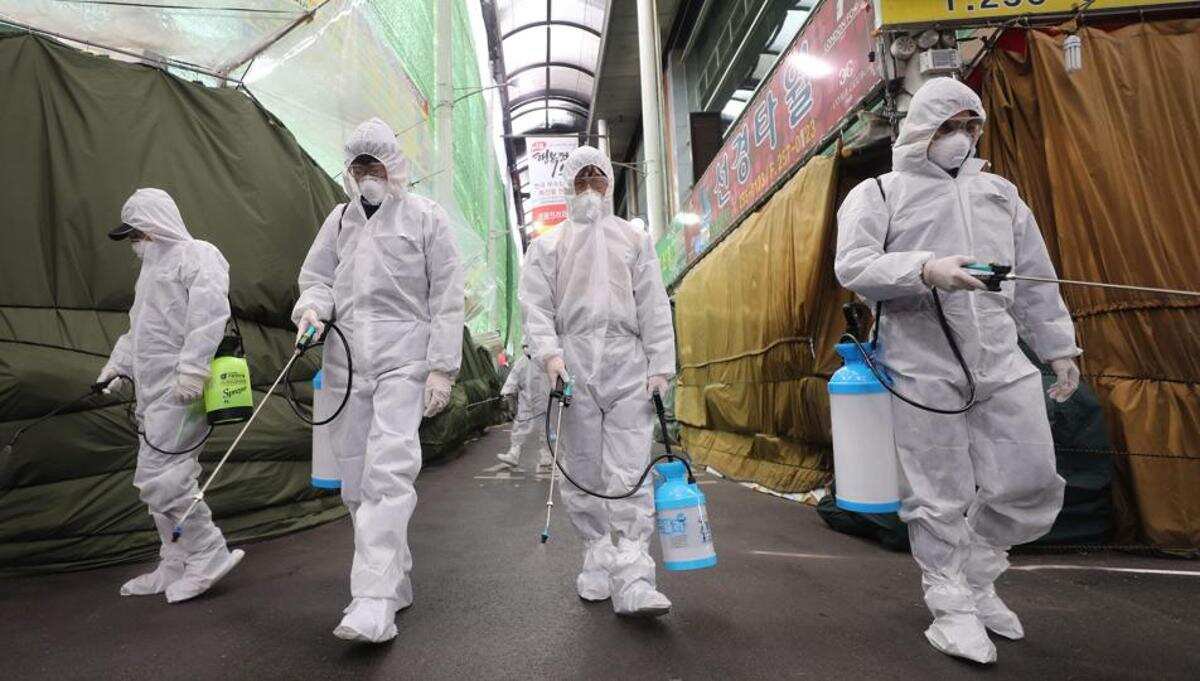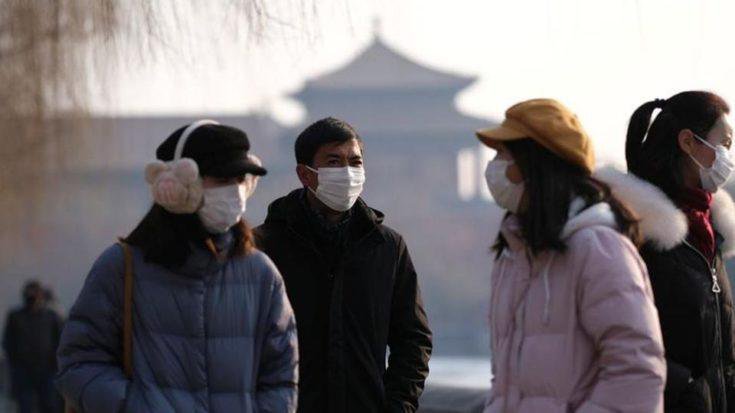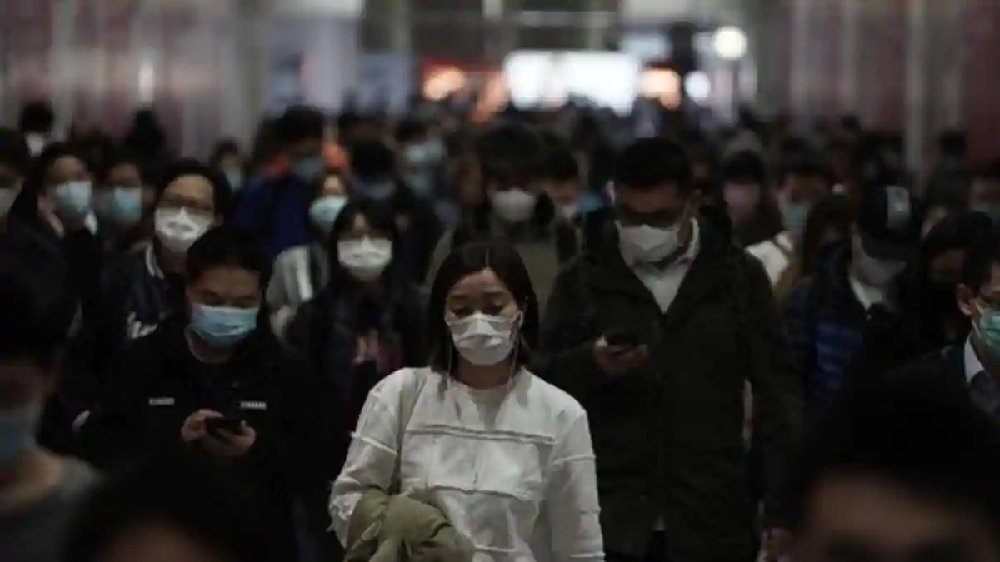Covid-19, the pandemic is not the first infectious disease to have broken out in the world. Epidemics have been a part of human history, be it the deadly Spanish Flu or Small Pox, but now they seem to be getting more powerful and frequent.
Just in the past three years, coronaviruses have caused three major outbreaks and the duration between the three of them have only gotten shorter.

Outbreaks in China
On 31st December, when the world was celebrating New Year’s Eve, China announced that a deadly virus has emerged in their country. This was not the first time they were making such an announcement.
In 1956, the Asian Flu had killed somewhere between one and four million across the world. Then came SARS in 2002 that killed 774 people in seventeen countries followed by H7N9 ten years later, that killed four out of every ten people it affected. All of them came from China.

Why is China the most affected?
Dr Steven Novella in an episode of Skeptics’ Guide to the Universe pointed out that, “It’s not a big mystery why this is happening, lots of concentrated population, with intimate contact with lots of species of animals that are potential reservoirs, and they don’t have great hygiene required. It’s a recipe for spitting out these kinds of viruses.”
Covid-19 is speculated to come out of Huanan Market, a wet wildlife market in Wuhan, China. Origins of SARS had also been traced down to a similar market in Foshan, Guangdong, a province in China.

Wet markets in China sell all kinds of exquisite animals for consumption, even wildlife animals like bats, peacocks, even tigers.
Most viruses that have affected humans have come from animals. Influenza, for example, came from hens, Ebola from bats, HIV from pigs. It is suggested that Covid-19 originated from bats, was then passed on to pangolin, and then to humans.

How is this even allowed then?
In 1978 when the Chinese economy was collapsing and couldn’t feed its population, the Chinese government allowed private farming and poultry production. The rich farmers grabbed control of the production of poultry and pork, small farmers were forced to catch and sell wild animals to survive. The Chinese government supported it as it was helping people get out of poverty.
In 1988, the government even set out a Wildlife Protection Law, that said that wildlife is “state-owned resources” and people’s right to deal in wildlife was protected. And thus, an industry was created. This meant that more and more animals were slaughtered for consumption, giving way for illegal trade to also begin. More animals together is a recipe for disaster.

After the spread of Covid-19, the Chinese government has shut down these markets temporarily. They had done this even during the SARS outbreak. But just after 54 months of the SARS outbreak that supposedly originated from civet cats, government officials lifted this ban.
Chinese government gains heavily from these markets. In 2018, the wildlife industry of China was worth 148 billion yuan. Despite tremendous pressure from the world to shut down these markets once and for all, the Chinese government is not likely to take a firm decision on this.
Until then, pandemics like the Covid-19 will continue to happen in China.

















